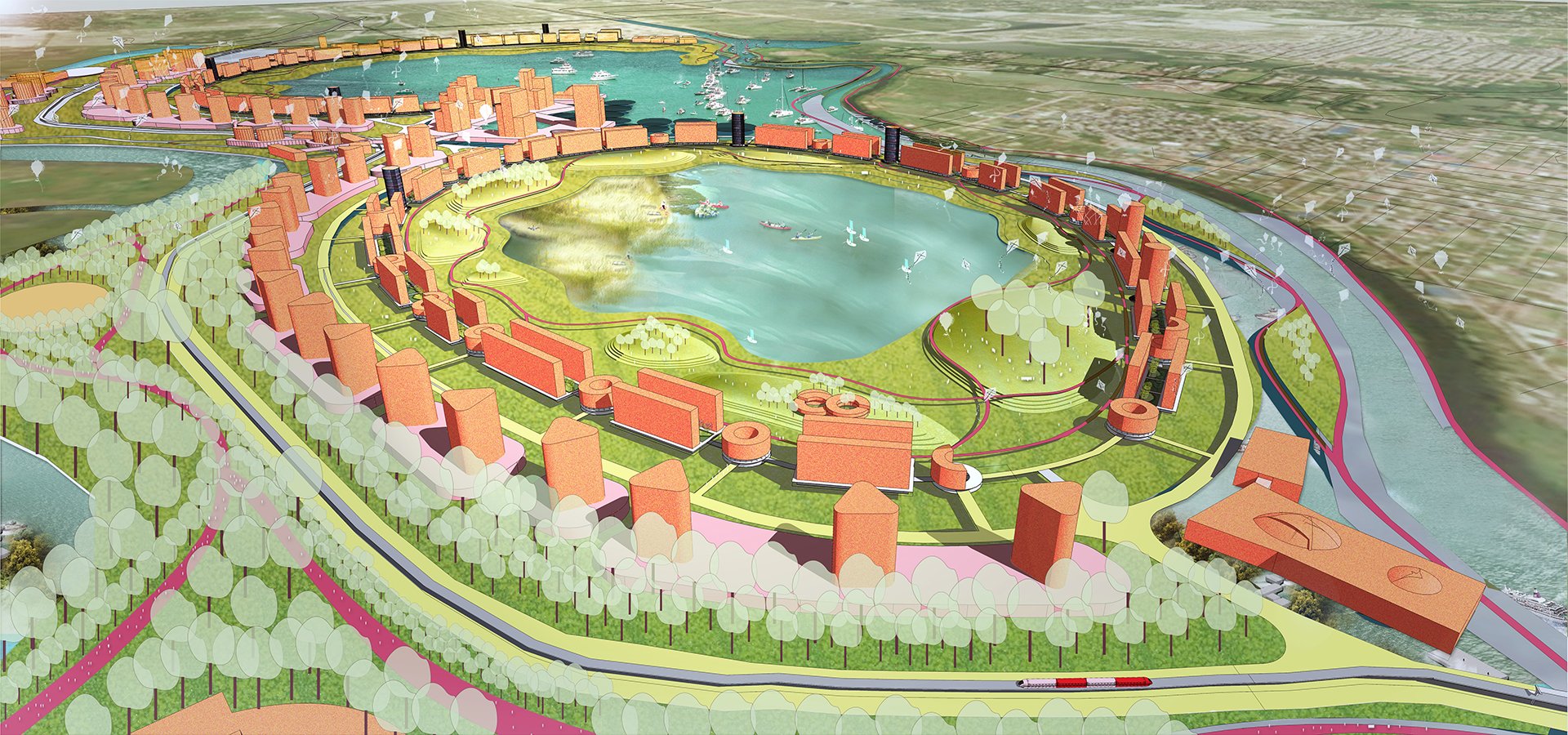

“A city is not mere buildings, streets and spaces; it is a theatre of social actions. And it is in that theatre, according to the American urbanist Lewis Mumford, that “man’s more purposive activities…work out, through conflicting cooperative personalities, events, groups, into more significant culminations.” I see the city as an existential theatre of our actions, practices, dreams and imaginations.
Cities are millions of stories. A city is neither hell nor heaven; we make cities in the shadows of our selves. We are the city.
In experiencing Dhaka as the toughest city in the world, the challenge is not one of solving its endless crises but in imagining and presenting the idea of how one should live in the theatre of the collective.
The narrative of Dhaka as a city continues to be framed by technical or economic notions around urbanisation. Urbanisation is a poor term to embrace the fullness of a city. Talks of urbanisation distract the discourse of cities with number games, not taking into account that a city is shaped, bit by bit, not only by policies and ordinances, but imaginations and practices. Statistics do not show how a city can be designed and lived in its fullest human, social, aesthetical and ecological potential. Such a dynamic is best approached by the term “urbanism.” While the city is about material and spatial facts, urbanism, the French urban thinker Henri Lefebvre points out, is about social relations staged there. Our definition of the city has to be revised, and planners have to learn how to engage with the existential quotient of the city.
As the most ancient human artifact, the city now reverberates with a greater poignancy as a human collective. In much of Asia, there has been a quantum leap in the urban domain. Ushered by economic and climate migration, and administrative impetus, more people now live in cities. China is literally building 20 cities every year, and India proposes spending USD 20 billion in seven years for its National Urban Renewal Mission. Despite the fact that contemporary cities are responsible, according to architectural critic Warnock-Smith, for “history’s greatest disparity between the wealthy and the poor,” cities are the key catalyst for the future of the planet, its transformation, but most importantly, the destiny of subsequent generations.
Cities can still be the most beautiful collective dream, as the urban wizard from Brazil, Jaime Lerner, claims. Rejecting the notion that the city is a problem, Lerner insists that cities instead are solutions to the human nature of living in a socialised manner. In transforming the Brazilian city Curitiba as its mayor, the architect Lerner proved that the city is not defined by smog, crisis and deluge, but as an exemplar of how we should live as a decent society in which the fruits of urbanism are available to all citizens.
What about Dhaka then? Drawing people from different economic, ethnic, social and professional categories in one space, Dhaka first of all needs a civilised mode for addressing differences and diversities. Awash with many building enterprises in a booming economy, most buildings in Dhaka remain as enclaves unsure of how to form civic precincts or connect to the public fora. What should be celebrated are designs of spaces that engage the civic realm, from the larger and monumental scale to micro levels, and from the planned to the spontaneous.”…………………….. Read more at The Daily Star website.